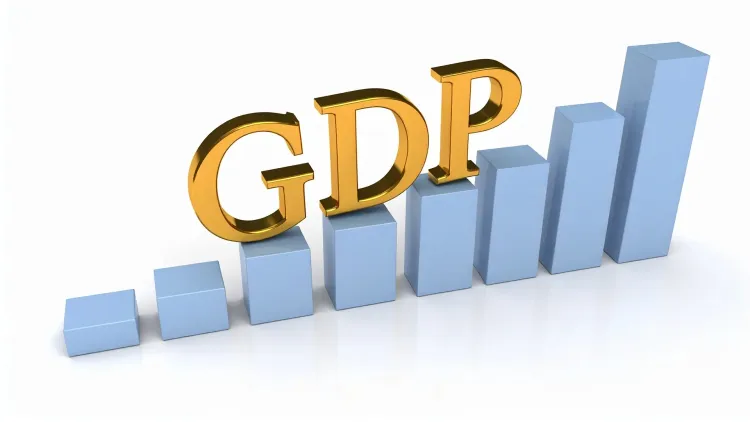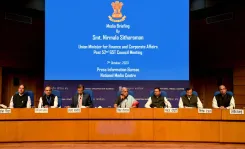Is Another Repo Rate Cut Anticipated This Fiscal?

Synopsis
As the Reserve Bank of India accelerates its approach to rate cuts, a new report from Crisil predicts an additional cut this fiscal year. With GDP growth projected at 6.5%, what factors are shaping India's economic landscape amid potential global uncertainties?
Key Takeaways
- RBI is likely to implement one more repo rate cut this fiscal year.
- India's GDP growth is projected at 6.5 percent.
- Factors supporting growth include stable crude prices and positive rainfall outlook.
- Rate cuts are expected to enhance consumer demand.
- The shift to a neutral policy stance reflects a data-driven approach.
New Delhi, June 7 (NationPress) The Reserve Bank of India (RBI) has opted to accelerate its rate cuts as it seeks to bolster growth amidst favorable inflation forecasts, as indicated by a report from Crisil. The agency anticipates an additional repo rate cut this fiscal year (FY26), followed by a halt thereafter.
Moreover, Crisil projects that India’s GDP will witness a growth rate of 6.5 percent this fiscal year, although there are potential risks stemming from tariff hikes imposed by the United States.
The report outlines several factors that are expected to fortify domestic growth in the face of global tariff challenges.
According to Crisil, “An optimistic forecast regarding rainfall, stable crude oil prices, and sound external accounts—characterized by a modest current account deficit and low short-term debt, combined with ample foreign exchange reserves—will act as a buffer against international volatility.”
The agency adds that the transmission of rate cuts, income-tax reductions for the middle class, and low food inflation will enhance demand.
So far, a 100-bps cut in the repo rate, in conjunction with a 100 bps reduction in the cash reserve ratio during the latter half of this fiscal year, is expected to increase the transmission of monetary easing to broader interest rates.
“A significant drop in inflation since the last policy review has allowed the Monetary Policy Committee to augment monetary support. A robust monsoon, paired with low crude prices, is likely to keep inflation in line with the RBI’s 4 percent target this fiscal year,” the report states.
The anticipated rate cuts will play a crucial role in bolstering domestic growth this fiscal year against external pressures. The transmission of the RBI’s rate cuts to market interest rates and lender rates is already underway. This, along with income-tax reductions and easing inflation, will stimulate consumption.
A shift in policy stance to neutral indicates a more data-driven approach moving forward. The MPC statement also noted a limited monetary space following the 100-bps rate cut implemented thus far.
“The surplus liquidity has facilitated the transmission of the RBI’s rate cuts to market interest rates. Since the central bank’s initial rate cut in February 2025, average deposit rates have decreased by 15 bps until May, home loan rates by 30 bps, and auto loan rates by 20 bps. The substantial increase in liquidity following the CRR cut will further support the reduction of interest rates,” stated Crisil.









